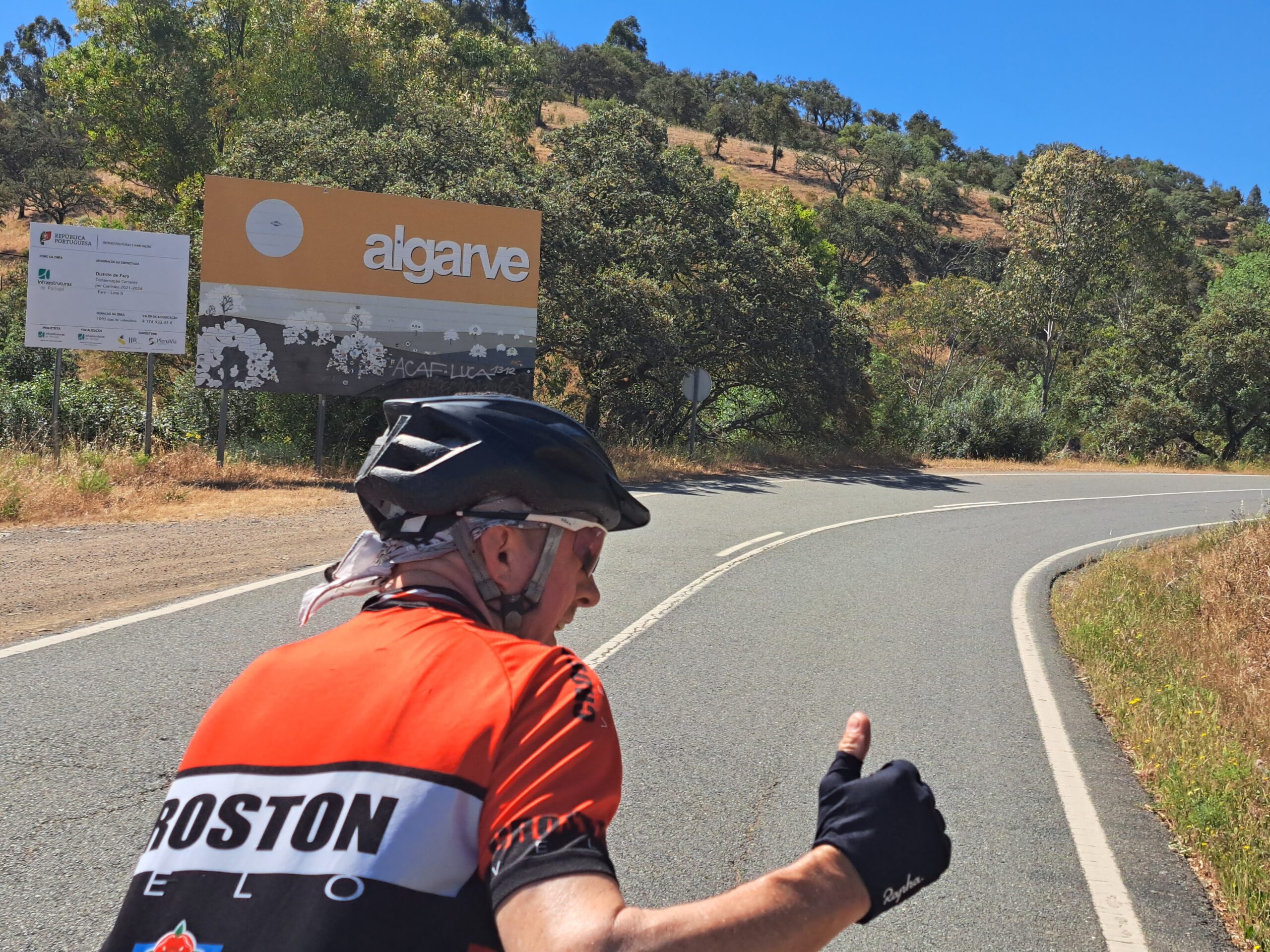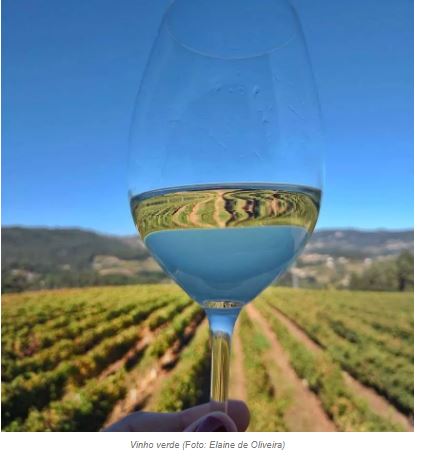Exploring Portugal's Breathtaking N2 by Bicycle: A Journey Through Nature and Culture
Introduction:
Portugal, known for its stunning landscapes, rich history, and warm hospitality, is a paradise for outdoor enthusiasts and adventure seekers. If you’re an avid cyclist looking for a remarkable journey, there’s no better way to experience the country’s beauty than by cycling the N2. Stretching from Chaves to Faro, the N2 is Portugal’s longest national road, spanning approximately 738 kilometers. In this blog post, we invite you to join us on an unforgettable cycling adventure along the N2, where you’ll discover picturesque landscapes, charming towns, and immerse yourself in the country’s fascinating culture.
1. Chaves: The Gateway to the N2
Our journey begins in Chaves, a historic city in northern Portugal. Known for its Roman ruins and hot springs, Chaves sets the stage for the remarkable adventure that awaits. After exploring the city’s historical sites, it’s time to hop on your bicycle and embark on the N2. Be prepared to pedal through rolling hills, vineyards, and small villages, each offering glimpses of the country’s rural charm.
2. Douro Valley: A Wine Lover’s Paradise
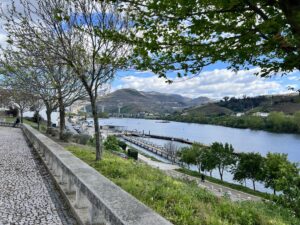 As you cycle southward, you’ll soon reach the renowned Douro Valley. This UNESCO World Heritage site is famous for its terraced vineyards, where Portugal’s esteemed Port wine is produced. Take a break from your ride to savor the breathtaking scenery and perhaps indulge in a wine tasting experience at one of the many quintas (wine estates) dotted along the route. The Douro Valley is a true feast for the senses.
As you cycle southward, you’ll soon reach the renowned Douro Valley. This UNESCO World Heritage site is famous for its terraced vineyards, where Portugal’s esteemed Port wine is produced. Take a break from your ride to savor the breathtaking scenery and perhaps indulge in a wine tasting experience at one of the many quintas (wine estates) dotted along the route. The Douro Valley is a true feast for the senses.
3. Serra da Estrela: Majestic Mountain Passes
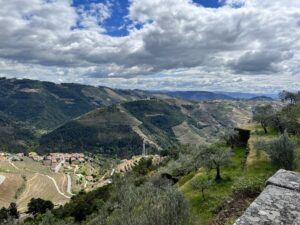 Prepare for a change of scenery as you approach the Serra da Estrela, the highest mountain range in Portugal. Although we do not ride over it you catch glimpses from afar as we circumnavigate the edges. Pedaling through winding roads and challenging mountain passes may test your endurance, but the rewarding vistas and the sense of accomplishment make it all worthwhile. Don’t forget to pause and admire the valleys, crystal-clear lakes, and picturesque villages nestled amidst the rugged peaks.
Prepare for a change of scenery as you approach the Serra da Estrela, the highest mountain range in Portugal. Although we do not ride over it you catch glimpses from afar as we circumnavigate the edges. Pedaling through winding roads and challenging mountain passes may test your endurance, but the rewarding vistas and the sense of accomplishment make it all worthwhile. Don’t forget to pause and admire the valleys, crystal-clear lakes, and picturesque villages nestled amidst the rugged peaks.
4. Historical Treasures: Viseu and Serta
Continuing along the N2, you’ll encounter two historically significant cities: Serta and Viseu. The Sierra de Alvelos occupies much of the Serta landscape, and the forestry activity is the main source of income of most of the active population in the municipality. Its origins date back to the 3rd millennium BC, as evidenced by, for example, the dolmens and rock engravings. Viseu, on the other hand, boasts a rich history dating back to Roman times. Discover its Gothic cathedral, elegant palaces, and wander through its well-preserved historic center.
5. The Final Stretch: Crossing the Alentejo and Algarve
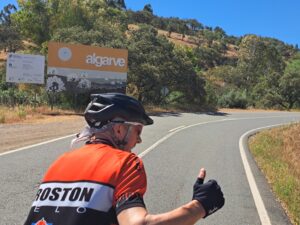
Leaving behind the captivating landscapes of central Portugal, you’ll enter the vast and serene plains of Alentejo. Rolling through golden fields, cork oak forests, and vineyards, you’ll witness the region’s tranquility and simple beauty. As you pedal southward, the road will lead you to the final stretch of the N2, culminating in the sunny shores of the Algarve. Celebrate your incredible journey with a dip in the Atlantic Ocean and bask in the coastal splendor of Faro.
Conclusion:
Cycling the N2 in Portugal is an extraordinary adventure that combines physical challenges with cultural immersion. From the charming towns in the north to the sun-soaked beaches of the Algarve, this journey takes you through diverse landscapes and offers a glimpse into the heart and soul of Portugal. So, if you’re seeking a memorable cycling experience, pack your bags, saddle up, and embark on the N2.

